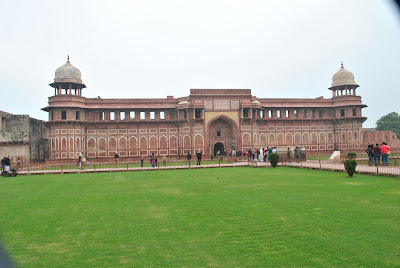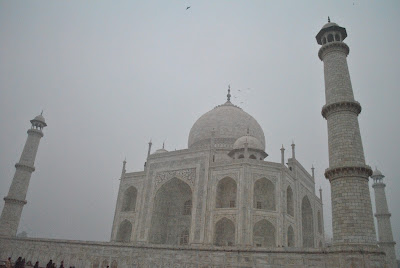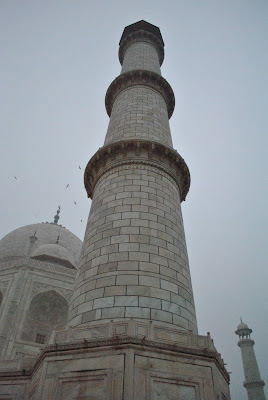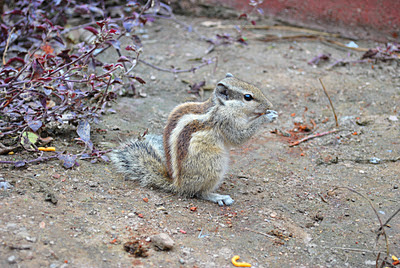Showing posts with label Agra. Show all posts
Showing posts with label Agra. Show all posts
Thursday, 12 January 2012
Tuesday, 10 January 2012
The Royal Red Fort of Agra
Agra Fort is located (270 10’ 47’’N & 780 1’ 22’’ E) on the right bank of the river Yamuna in the city of Agra in Uttar Pradesh. It is one of the most important and robustly built stronghold of the Mughals, embellished with number of richly decorated buildings encompassing the imposing Mughal style of art and architecture. It was constructed by the third Mughal emperor Akbar on the remains of an ancient site known as Badalgarh. Sikandar Lodi (1487-1517) was the first Sultan of Delhi to shift his capital from Delhi to Agra.
After Sikandar Lodi who died in 1517, his son Ibrahim Lodi held the fort for 9 years until he was defeated and killed in the battle of Panipat in 1526. Several palaces, wells and a mosque were built in the fort during the Lodi period.
When Babur sent his son Humayun to Agra, he captured the fort and seized a vast treasure, which included the world famous ‘Koh-i-noor’ diamond as well.
Babur built a baoli (step-wall) here. Humayun was coronated here in 1530. Nazam, a water-carrier (saqqa), who had saved Humayun from drowning, was crowned here as an emperor for half-a-day. After Humayun’s defeat at Bilgram in 1540, Sher Shah of the Sur dynasty occupied Agra fort and garrisoned it.
Monday, 9 January 2012
taj from my lens

The Taj Mahal crown of palaces" is a white Marble mausoleum located in Agra, India. It was built by Mughal emperor Shah Jahan in memory of his third wife, Mumtaz Mahal. The Taj Mahal is widely recognized as "the jewel of Muslim art in India and one of the universally admired masterpieces of the world's heritage.
Taj Mahal is the finest example of Mughal architecture, a style that combines elements from Persian, Turkish and Indian architectural styles.
In 1983, the Taj Mahal became a UNESCO World Heritage Site. While the white domed marble mausoleum is the most familiar component of the Taj Mahal, it is actually an integrated complex of structures. The construction began around 1632 and was completed around 1653, employing thousands of artisans and craftsmen.
The construction of the Taj Mahal was entrusted to a board of architects under imperial supervision, including Abd ul-Karim Ma'mur Khan, Makramat Khan, and Ustad Ahmad Lahauri. Lahauri is generally considered to be the principal designer. - www.wikipedia.com
Subscribe to:
Comments (Atom)









































